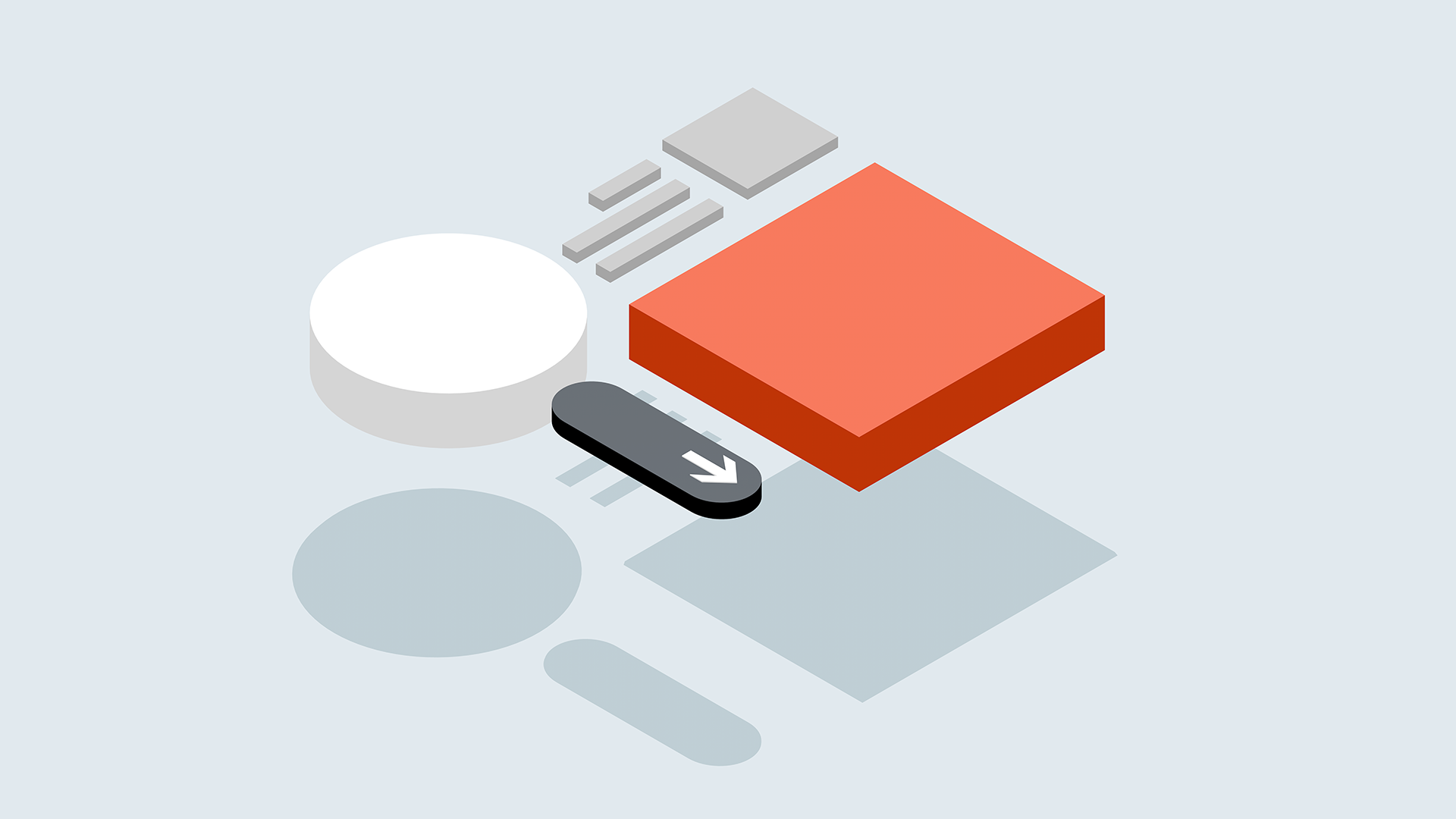
Design Systems
Design systems are becoming increasingly popular in the UX/UI field. Design systems are collections of reusable components and guidelines that are used to create a unified and consistent look and feel for a product or organization. They are used to ensure consistency across user experience designs, as well as to create a unified, recognizable look and feel for a product or organization.
Design systems are made up of a variety of components, including colors, fonts, buttons, icons, layout grids, patterns, and more. Designers can use these components to create a consistent, cohesive look and feel for their products. Design systems can help ensure that users have an intuitive, consistent experience across all user interfaces within a product or organization.
Design systems also help designers save time and money. By creating a unified look and feel, designers can reduce the amount of time and effort needed to design and build each interface. Design systems also help designers create better, more efficient designs. By ensuring that all elements within a product or organization look and feel the same, designers can ensure that their designs are more cohesive, intuitive, and understandable for users.
Design systems also help designers collaborate more efficiently. By creating a shared library of components, designers can use components from the library to create new designs, or to modify existing designs quickly and easily. This allows designers to collaborate, share, and build upon each other’s ideas and designs, creating a unified and consistent look and feel across the product or organization.
Overall, design systems are a powerful tool for UX/UI designers. They help ensure consistency and unity across user interfaces, save time and money, and enable designers to collaborate more efficiently. Design systems are becoming increasingly popular in the UX/UI field, and are sure to remain a key part of the design process in the future.